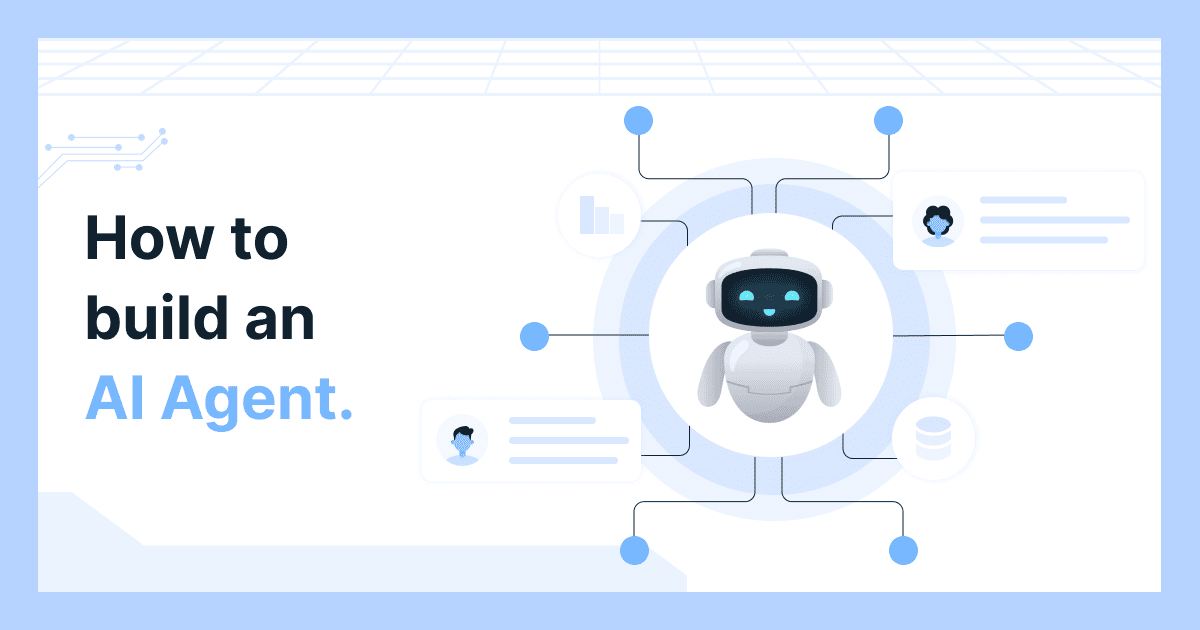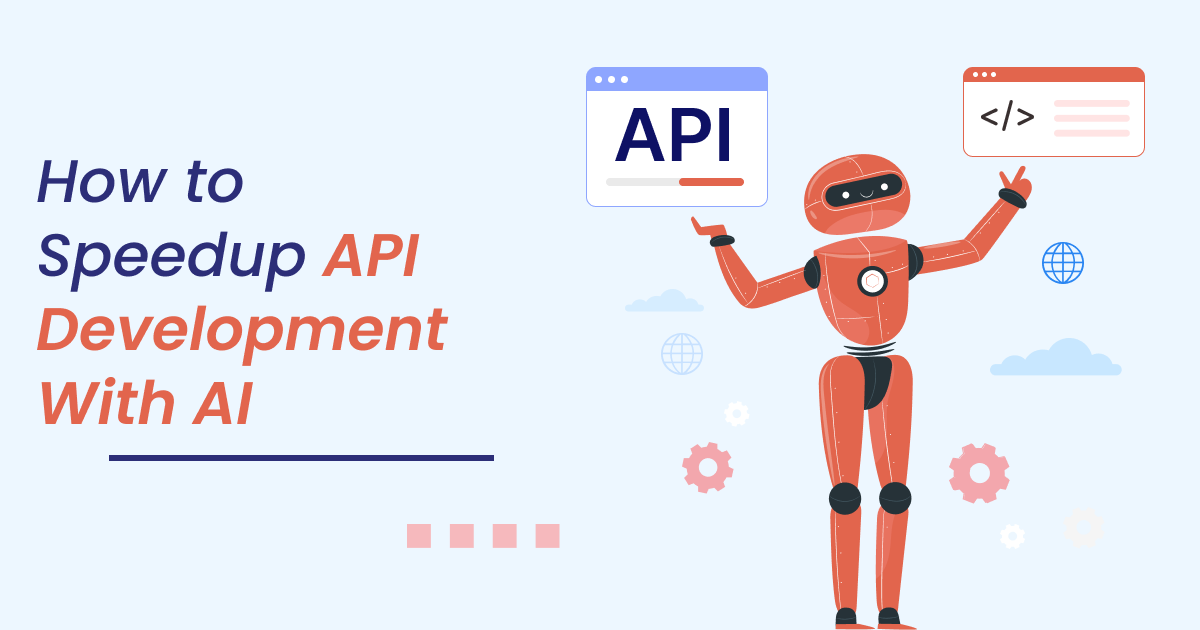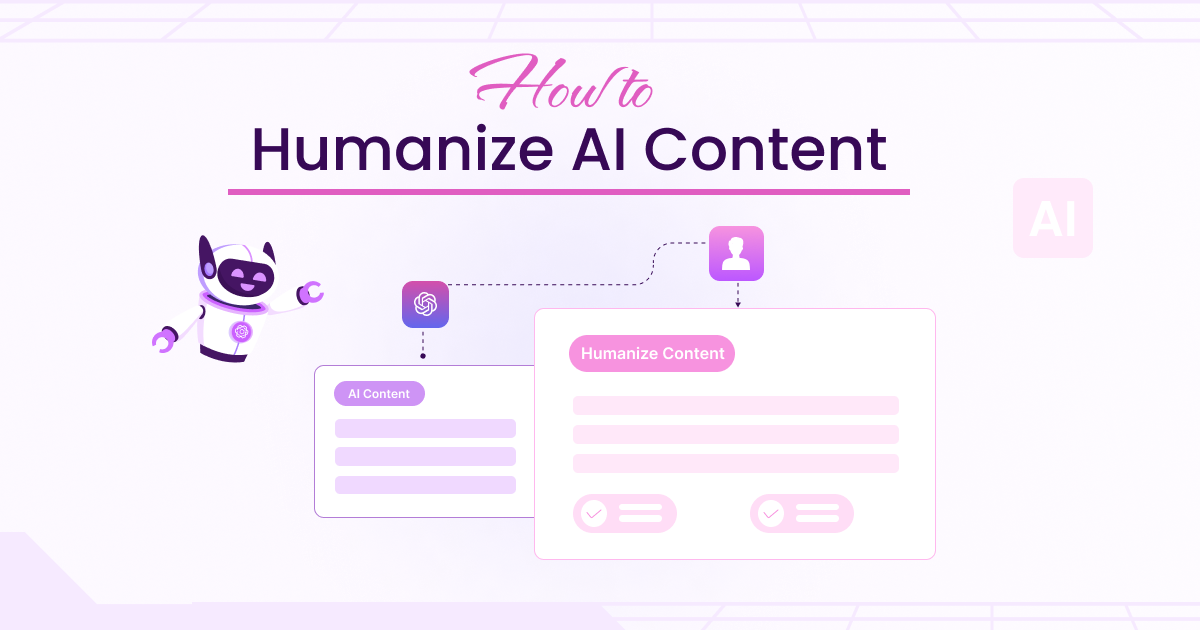As Python continues to dominate the programming landscape, the demand for Python applications has skyrocketed with a hike of 44%. Yet, the question of how much it costs to build a Python application remains paramount.
Navigating the cost landscape is essential for informed decision-making in the dynamic world of Python application development. In this concise blog, we unravel the financial intricacies, exploring the factors that contribute to the overall cost.
Is Python a program that is freely available?
One notable feature of Python as a computer language is its open-source nature. Its broad adoption and ongoing development are facilitated by more than 8.2 million developers worldwide.
Python’s open-source nature allows developers to access and modify its source code without incurring any licensing fees. While Python itself is free, the cost of building a Python application encompasses various elements beyond the language.
Its versatility is evident, as it ranks 3rd in the TIOBE index and 4th in the RedMonk ranking. This positions Python as a top choice for developers, emphasizing its free accessibility and widespread usage in diverse domains like web development, data science, and artificial intelligence.
How much does a Python Application Cost?
Estimating the cost of a Python application is a multifaceted process, dependent on various factors. On average, the development cost can range from $30,000 to $200,000 or more.
This wide spectrum reflects the diversity in project complexities, features, and specific requirements. Additionally, the hourly rates for Python developers, which vary globally, typically range from $30 to $150. Understanding these cost components is crucial for organizations and developers aiming to embark on Python application development with financial foresight.
How much does hiring a Python coder cost?
The cost of hiring a Python programmer varies depending on the project’s complexity, location, and level of experience. On average, the hourly rates for Python developers range from $30 to $150 globally. Junior developers may charge $30-$75 per hour, mid-level developers $50-$100, and senior developers with extensive expertise can command rates of $75-$150 per hour. These figures underscore the importance of considering skill levels and project requirements when budgeting for Python development talent.
Factors Influencing Cost
Development Scope
The complexity and features of a Python application significantly influence costs. To illustrate, consider three scenarios:
- Simple: A to-do list application with basic CRUD functionality.
- Medium: An online store featuring money processing, product catalog, and user authentication.
- Complex: A machine learning model deployment platform with advanced data analytics features.
Technology Stack:
Development expenses may be impacted by the frameworks, libraries, and tools selected. Well-known Python frameworks with distinct features and learning curves include Django, Flask, and Pyramid. Consider the following insights:
- Django: Known for its “batteriesincluded” philosophy, Django reduces development time with many built-in features.
- Flask: Allows developers to select components with simplicity and flexibility, although it may require more manual configuration.
- Pyramid: Strikes a balance between flexibility and convention, providing a middle ground for various project requirements.
Design and User Experience:
UI/UX design significantly impacts cost, with well-designed applications emphasizing user experience incurring higher design expenses. Studies indicate that every dollar invested in user experience brings a return ranging from $2 to $100.
Additionally, a seamless user interface can increase user satisfaction by 47.5%, highlighting the tangible benefits of investing in a visually appealing and user-friendly design.
While responsive design, intuitive navigation, and aesthetic interfaces contribute positively, they may necessitate additional design efforts, reinforcing the importance of strategic design investments in enhancing user satisfaction and overall project success.
Consider the following design elements impacting costs:
- Responsive design for a range of gadgets (tablet, smartphone, and desktop).
- Customized user interfaces with intricate design elements.
- Incorporation of animations and interactive features.
Integration and Compatibility:
Third-party integrations and compatibility requirements can affect costs. It could take more time and money to integrate with databases, APIs, or external systems.
Examples of common integrations and their associated expenses:
- Integration with payment gateways for e-commerce applications.
- Connecting to external APIs for data retrieval or third-party services.
- Compatibility testing across multiple browsers and devices.
Development Process
Agile vs. Waterfall:
Diverse development methodologies wield unique influences on project costs. Agile, celebrated for its iterative flexibility, correlates with a 28% reduction in project failure rates.
Organizations adopting Agile methodologies also experience a 48% increase in customer satisfaction, emphasizing its adaptability to evolving requirements.
Conversely, Waterfall’s structured planning may lead to a 52% cost overrun in the absence of early anticipation of changes. Understanding these statistics underscores the critical role of selecting the right methodology in aligning with project goals and financial considerations.
Consider the overview of different development methodologies and their impact on costs:
- Agile: Iterative development that is adaptable to requirements changes..
- Waterfall: Sequential development with a predefined plan, making changes more challenging and potentially costly.
Discuss the flexibility and adaptability of Agile in cost management:
- Agile allows for regular reassessment of project priorities, enabling cost adjustments.
- The ability to accommodate changes during development reduces the risk of costly revisions late in the project.
Team Composition:
A key factor in cost calculation is the development team’s size and level of experience. While maintaining project efficiency, a well-balanced team with a mix of junior and experienced developers can optimize expenses.
Insight into the significance of the development team’s size and expertise in cost estimation:
- Although it could be less expensive, a smaller team might result in lengthier development schedules.
- A well-balanced team ensures a diverse skill set, contributing to faster and more efficient development.
Tips for optimizing team composition to control costs:
- Assess project requirements to determine the optimal team size.
- Leverage a mix of experienced and junior developers to balance costs and productivity.
Timeframe:
The relationship between development time and costs is intricate. While longer development cycles could result in higher costs, hurrying the process can lower the application’s quality.
Explanation of the relationship between development time and costs:
- Extended development time may result in increased labor costs and potential scope changes.
- Rapid development may lead to rushed decisions, affecting the application’s quality and longevity.
Discuss the tradeoffs between time and budget:
- Striking a balance between development speed and budget constraints is essential.
- Comprehensive project planning and realistic timelines are crucial for cost-effective development.
Hidden Costs and Contingencies
Testing and Quality Assurance:
Testing is a critical phase in the development process, ensuring a stable and reliable application. However, it comes with its own set of costs.
Discuss the importance of testing in the development process and its associated costs:
- Thorough testing aids in finding and fixing problems before to deployment.
- Testing expenses include the cost of testing tools, manual testing efforts, and potential fixes for identified issues.
Strategies to minimize testing expenses:
- Implement automated testing to reduce manual testing efforts.
- Conduct regular testing throughout the development process to catch issues early.
Maintenance and Support:
Postlaunch support should be budgeted for as a continuing expense. Frequent maintenance keeps the application secure, up-to-date with changing technologies, and functional.
Discussion on the ongoing costs of maintaining and supporting a Python application:
- updates and patches on a regular basis to fix security vulnerabilities.
- Monitoring and addressing user feedback to improve the application’s performance.
Tips for budgeting and planning for postlaunch support:
- Allocate a specific budget for postlaunch maintenance and support.
- Prioritize ongoing support to address emerging issues promptly.
Contingency Planning:
Unforeseen challenges can arise during the development process, impacting the budget. Allocating a budget for contingencies safeguards against unexpected expenses.
Discuss the importance of allocating a budget for unforeseen circumstances:
- Unforeseen challenges may include changes in project requirements, unforeseen technical issues, or external factors.
- A contingency budget offers a safety net to handle unforeseen difficulties without throwing the project into disarray.
Examples of common challenges and their financial implications:
- Changes in project scope may require additional development efforts and resources.
- Unforeseen technical issues may necessitate additional time and expertise, impacting costs.
Conclusion:
In conclusion, the cost of building a Python application is a multi-faceted journey that demands a nuanced understanding of various factors. Each element plays a pivotal role in shaping the budget, from the choice of frameworks and design considerations to team composition and ongoing support. It is not merely a technical endeavor but a strategic financial investment that, when approached judiciously, can yield long-term success in the dynamic realm of technology.







